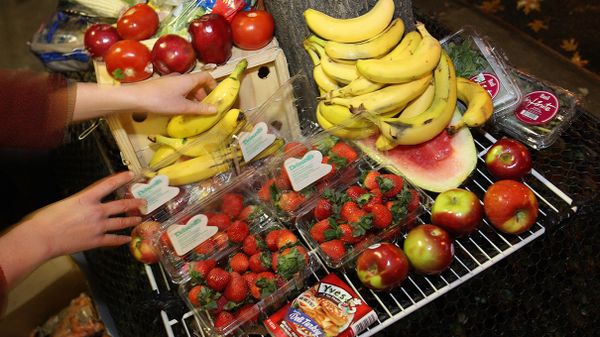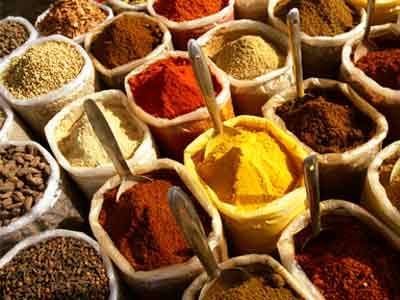Broccoli florets get most of the love, while the stalks and leaves are cast by the wayside. "We often focus on the florets, which is where a higher concentration of phytochemicals are (including beta carotene), but the stalks are very nutritious as well," registered dietitian and nutritionist Colene Stoernell explains in an email interview. "Actually, the stems contain slightly more calcium, iron, protein, magnesium, Vitamin C and omega-3s."
So how do you cook them? "You can slice the stalks into coins, toss in olive oil and seasonings like garlic, salt, pepper, and roast for a side dish or shred them and add to stir fry or make a slaw," recommends Atlanta-based registered dietitian nutritionist Marisa Moore in an email.
But as unloved as the stalks are, the leaves are the real black sheep of the broccoli family. Imperfect Produce is a service that delivers produce deemed too "ugly" for conventional grocery store shelves directly to people who care less about appearance as they do nutritional value. The group is currently trying to encourage the sourcing and sale of broccoli leaves, which are wasted by the tons because people don't realize there's a use for them; therefore stores don't want to stock them. Imperfect Produce's Reilly Brock likens this to being "as wasteful as a raising a cow, slaughtering it, and only using the filet mignon." Much like collards or kale, broccoli leaves can be roasted, sautéed, used in a stir-fry even blended into smoothies for added nutritional kick.



